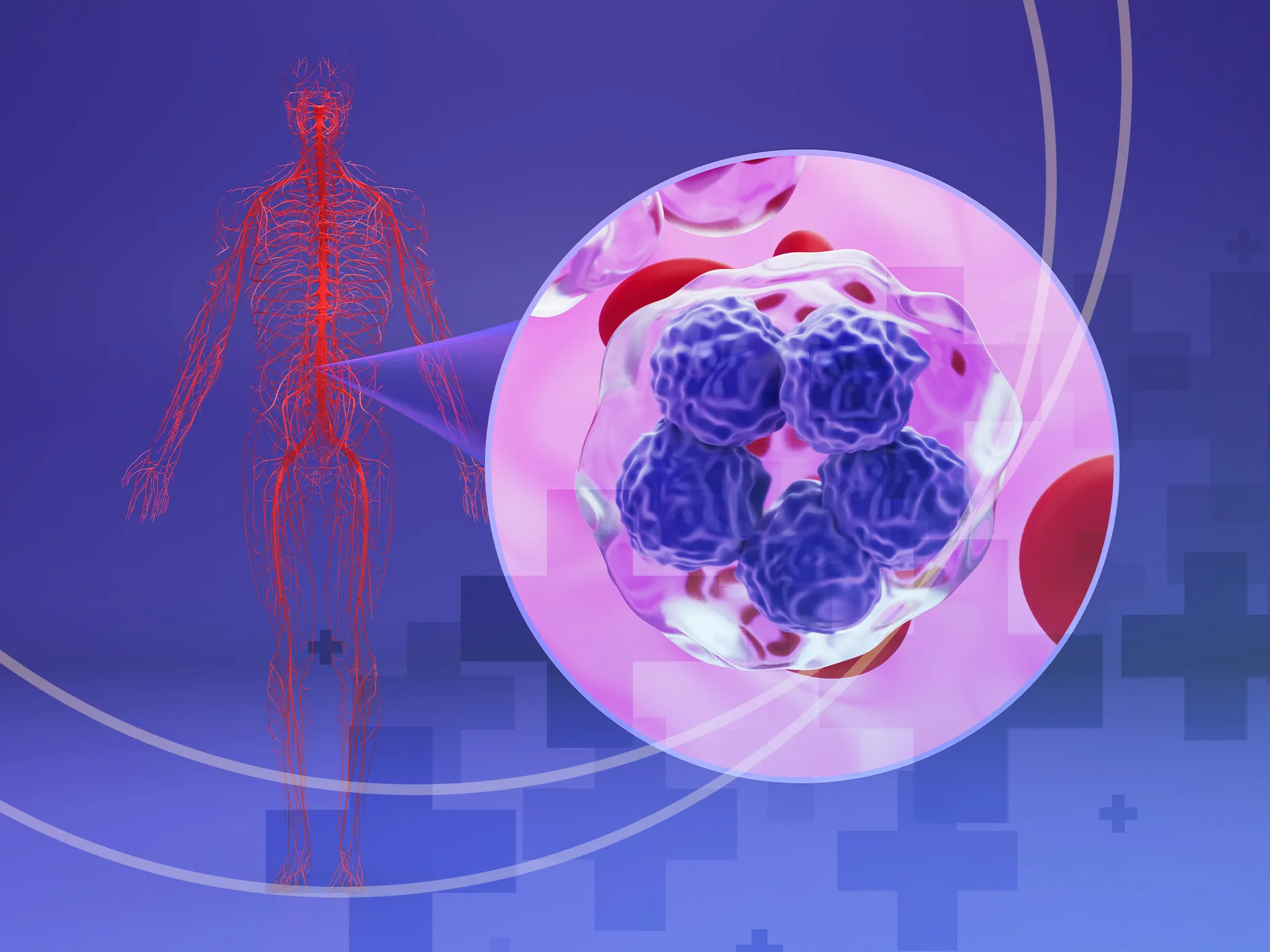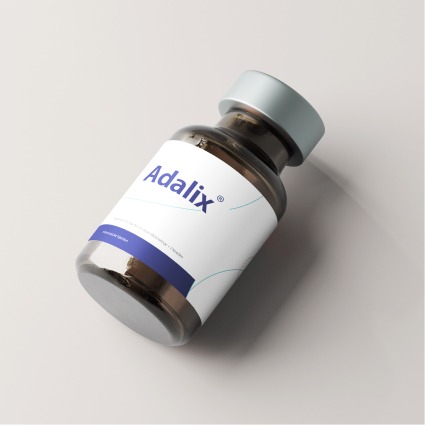Chimeric antigen receptor T-cell (CAR-T) therapy has become a cornerstone in the treatment of relapsed or refractory aggressive B-cell lymphomas, particularly diffuse large B-cell lymphoma (DLBCL). However, the logistics of manufacturing CAR-T cells introduce a critical window between leukapheresis and infusion—a period during which disease progression can compromise eligibility, increase tumor burden, or reduce therapeutic efficacy.
Bridging therapy is now standard in this interval, yet the choice of modality—chemotherapy, radiation, or both—remains variable. Recent retrospective data evaluating outcomes in patients who received bridging radiation therapy (bRT) before CAR-T provide meaningful insight into how radiation may be more than a temporizing measure. For selected patients, it may significantly impact response and survival.a
Study Overview
A cohort of 51 adult patients with aggressive large B-cell lymphomas was reviewed, all of whom received bRT before treatment with axicabtagene ciloleucel, tisagenlecleucel, or lisocabtagene maraleucel. Most patients (64.7%) presented with advanced-stage disease (Stage III/IV), and 25.5% had bulky disease at the time of radiation. Notably, just over half (51%) received comprehensive radiation—defined as treatment to all known sites of disease—while others received focal RT or RT combined with systemic therapy.
Median follow-up was approximately 10 months.
Efficacy Outcomes
At 30 days post-CAR-T infusion, the overall response rate was 82.4%, consistent with previously reported response rates in this population. Median overall survival (OS) was 22.1 months, and median progression-free survival (PFS) was 7.4 months.
1-year OS: 80%
1-year PFS: 78%
2-year OS: 59%
2-year PFS: 54%
These survival figures are encouraging, particularly given the high-risk features present in this group.
Impact of Radiation Strategy
The most significant finding from the analysis was that patients receiving comprehensive bRT experienced improved OS and PFS, with statistical significance (p ≤ 0.04). These results suggest that bRT may contribute meaningfully to long-term disease control, not only by delaying progression before CAR-T, but also by enhancing the efficacy of the cell therapy itself.
Notably, dose intensity beyond 30 Gy was not associated with improved outcomes. Instead, the extent of coverage—treating all known disease sites—emerged as the critical factor. This highlights the importance of comprehensive disease mapping before radiation planning.
Predictors of Poor Outcome
Several baseline characteristics were associated with inferior survival:
ECOG performance status ≥2
Stage III/IV disease
Bulky disease
High International Prognostic Index (IPI ≥3)
Non-germinal center B-cell (non-GCB) histology
Both high IPI scores and non-GCB histology predicted worse disease-specific survival. These findings are consistent with prior prognostic data in the DLBCL literature and further underscore the importance of risk stratification when considering bridging strategies.
Patterns of Failure
Relapse occurred in just over half the cohort (50.9%). Among these, 46% of relapses occurred within the previously irradiated fields, raising essential questions about the limitations of local control, even with comprehensive bRT.
Two factors significantly increased the risk of in-field relapse:
Presence of bulky disease (Odds Ratio 7.0, p = 0.03)
Lack of response at 30 days post-CAR-T (OR 16.8, p = 0.02)
These associations suggest that tumor biology, more than radiation parameters, determines relapse risk in many cases. Notably, radiation dose itself was not correlated with relapse, reinforcing the idea that patient selection—not dose escalation—is key.
Role of bRT in Advanced Disease
Among patients with Stage III/IV disease, comprehensive bRT did not show a significant benefit over focal bRT. This aligns with practical considerations: in disseminated lymphoma, it may not be feasible or necessary to irradiate all sites of involvement. The data support the use of focused bRT in advanced-stage disease, prioritizing symptom control or bulky sites without compromising long-term outcomes.
Furthermore, no significant differences were observed between patients who received radiation alone and those who received combined radiation and systemic bridging therapy. This finding suggests that, for some patients, radiation alone may be sufficient and better tolerated.
Clinical Implications
These data provide a rationale for a more intentional use of radiation therapy in the CAR-T treatment pathway. For patients with limited-stage, non-bulky disease, comprehensive bRT appears to offer an absolute survival benefit, possibly by enhancing CAR-T expansion or reducing immunosuppressive tumor burden. For those with advanced or bulky disease, focal bRT remains appropriate and may reduce acute complications without additional toxicity.
In the broader context, this study challenges the traditional framing of radiation as a stopgap measure before CAR-T. Instead, it supports considering radiation as an integrated component of the therapeutic strategy, potentially with disease-modifying effects.
Conclusion
In conclusion, this study highlights the significant role of bridging radiation therapy in the management of patients with aggressive large B-cell lymphoma undergoing CAR-T treatment. When used comprehensively in select patients, it is associated with improved overall and progression-free survival. These findings support a tailored approach to radiation—comprehensive where disease burden allows, and focused where it does not—anchored in multidisciplinary coordination and individualized planning.
As CAR-T access expands and patient selection becomes more nuanced, the role of radiation in this setting will likely continue to evolve. These results provide timely, real-world guidance on how to integrate bRT into modern lymphoma care best, stimulating further discussion and research on the evolving role of radiation in CAR-T treatment.

